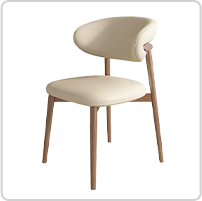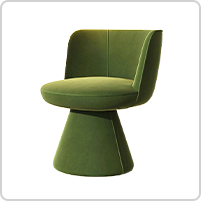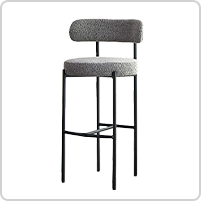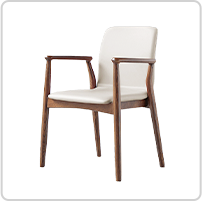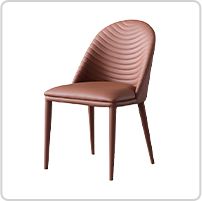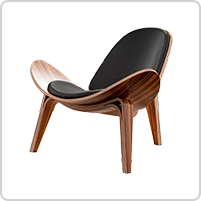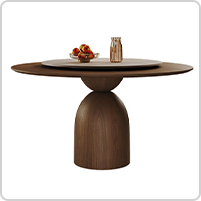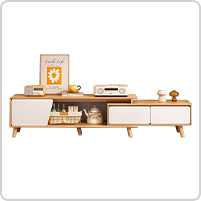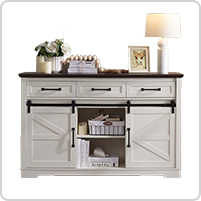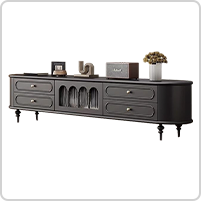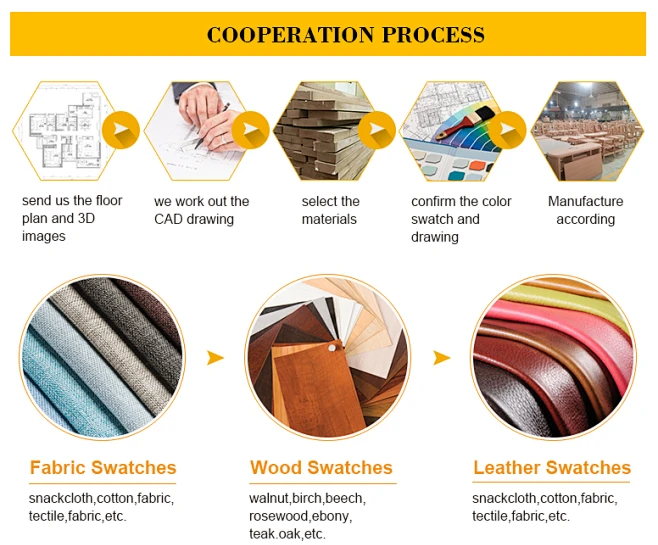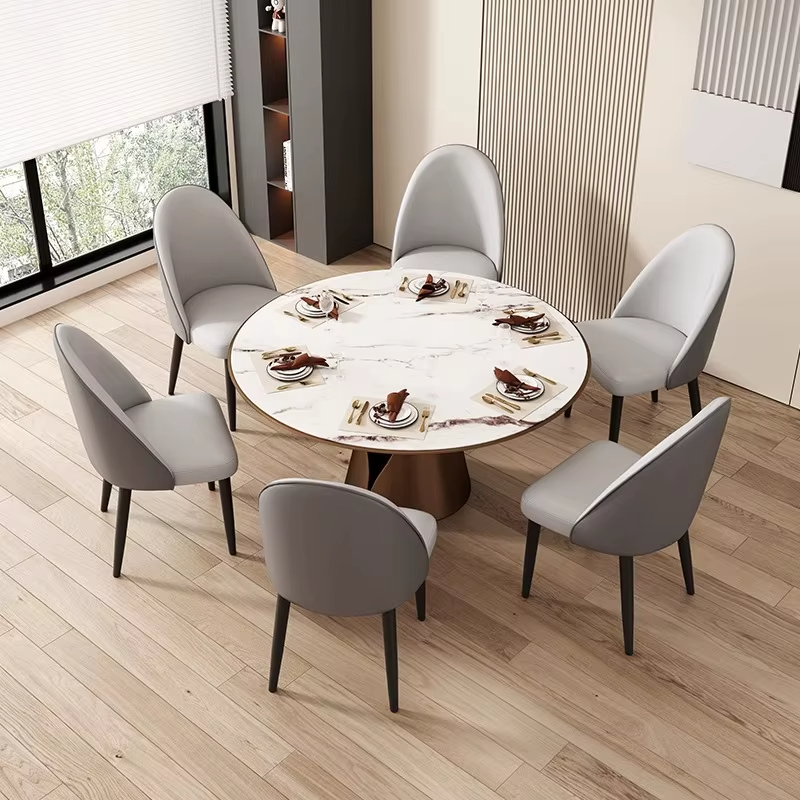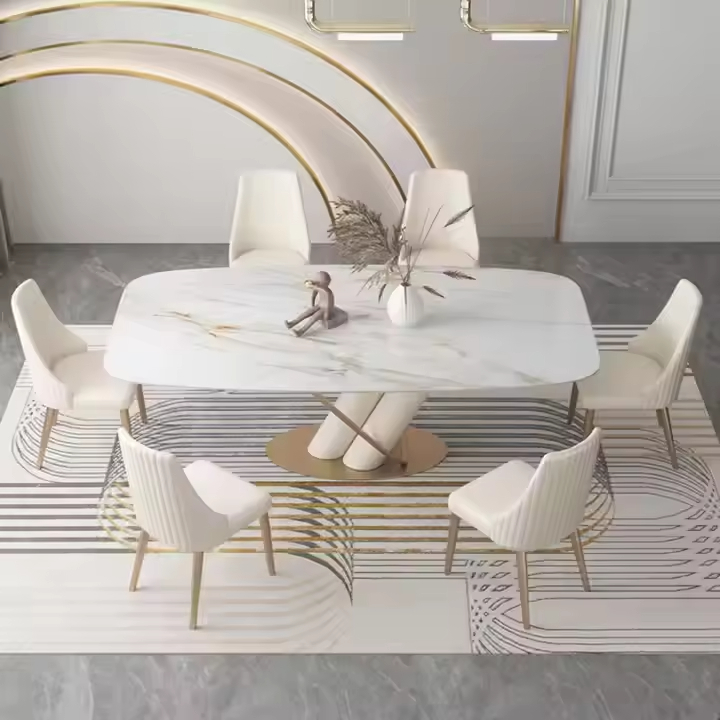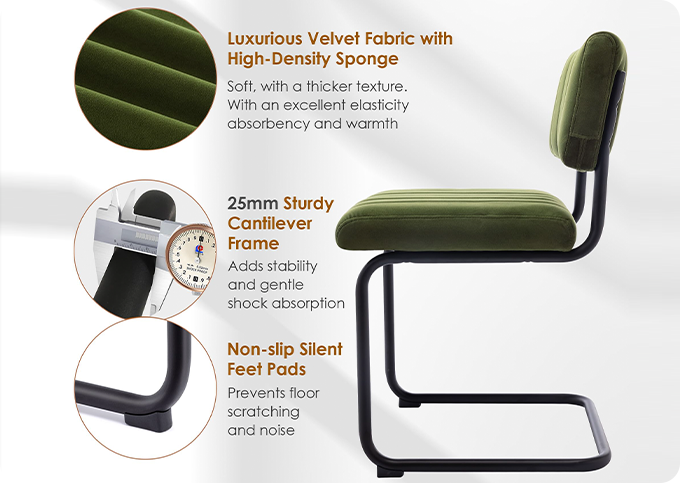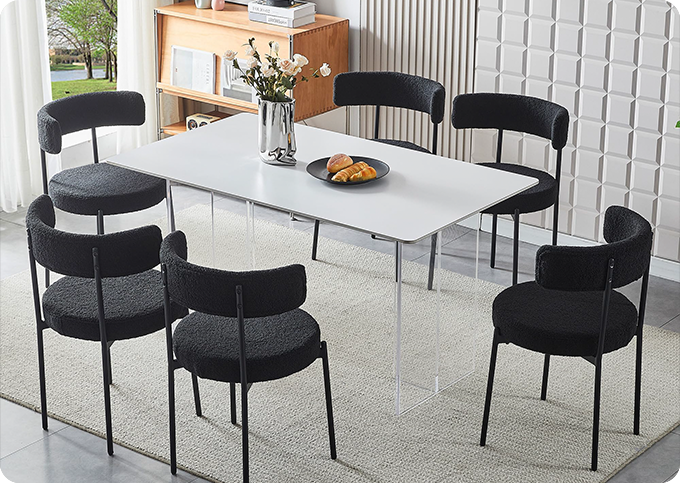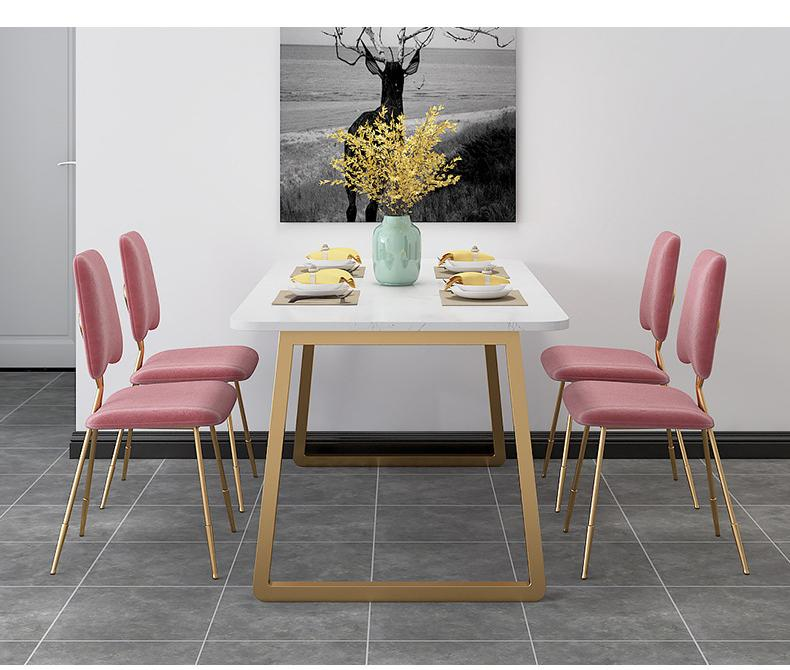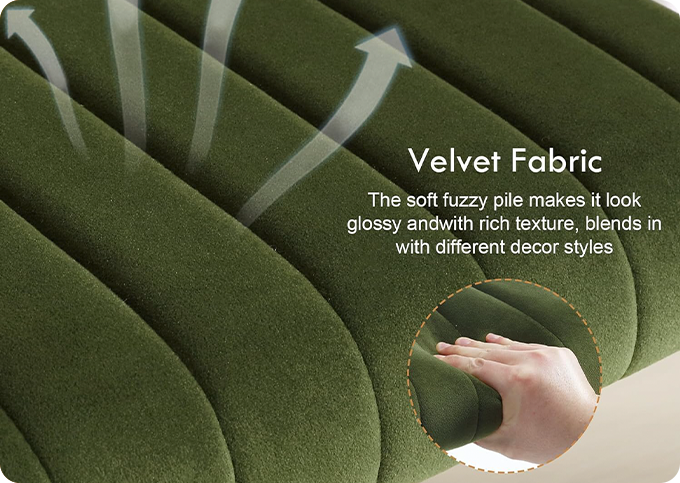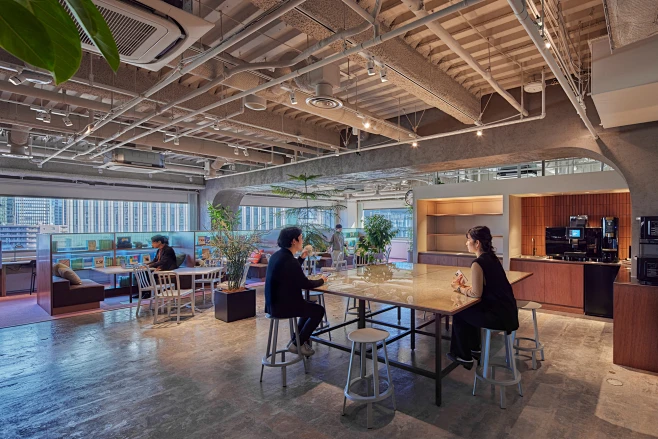How to Test Dining Chair Comfort Before Buying – Your Ultimate Guide for 2025
Introduction: Why Dining Chair Comfort Matters in 2025
When selecting a dining chair, comfort is just as essential as its appearance. As home lifestyles evolve in 2025, people spend more time sitting down for meals, discussions, and casual remote work. A poorly chosen chair may look stylish, but without proper minimum support or ergonomic design, it can leave you uncomfortable by the end of dinner or mid-conversation.
At OKKHM Furniture, we understand this balance deeply. As a leading dining chair manufacturer and furniture customization factory, we design each seating piece not only for aesthetics but for superior dining chair comfort. In this guide, we’ll take you through everything—from measurements and testing methods to materials and custom options—so you can confidently evaluate your ideal modern dining chair before purchasing.
Understanding What Defines “Comfort” in a Dining Chair
Comfort in a dining chair goes well beyond padded cushions—it involves thoughtful design supporting proper posture, spinal alignment, seat depth, and overall ergonomic integrity. The most comfortable chairs achieve balance: they cradle your body without being overly soft and maintain their form over time. A chair that evenly distributes weight, gently supports the lumbar curve, and aligns with your dining table height helps foster a harmonious dining environment.
According to guidance from OSHA eTools on seating ergonomics, a properly designed chair should include a backrest that fits the natural curvature of the spine and a seat that allows feet to rest flat on the floor. Lumbar support and adjustable seat features significantly reduce strain during prolonged sitting.
These key insights shape the 2025 trending dining chair designs, which now often feature sculpted back contours, softly padded armrests, breathable upholstery, and moderate cushioning. Even in affordable dining room furniture, these elements are becoming the norm. At OKKHM Furniture, we integrate comfort-driven design into every model, including our popular custom lines—ensuring each chair complements not just your dining table, but your daily comfort too.
Measuring Before Shopping: What to Know About Dining Chair Size
Before trying any chair, take accurate measurements of your dining room space. First, determine the dining chair size that will fit in terms of seat height, backrest height, total depth, and presence of arms. A standard seat height of 18 inches pairs well with an average dining table height of about 30 inches. However, if your table is taller or has a thicker tabletop, you may need a slightly higher seat. Likewise, if your table edge limits leg clearance, choose chairs with no arms or slimmer frames.
At OKKHM Furniture, our furniture customization factory allows you to specify these dimensions precisely. Simply share your dining room layout, table height, and existing space constraints, and our design team will configure suitable chair height, width, and frame style for maximum functionality and comfort.
The Role of Seat Depth and Backrest Angle in Comfort
A seat that is too deep can cause poor posture as it pushes your lower back off the curve of the chair; one that’s too shallow leaves you unsupported. Ideally, your knees should sit 1–2 inches from the seat edge without pressure at the back. A moderately reclined backrest angle of around 100–110 degrees supports upright posture while allowing subtle relaxation after leaning back. These features are especially important when choosing an upholstered dining room chair, where plush fabrics may disguise the absence of ergonomic design.
When testing samples in-store—or assessing custom renderings—sit upright for at least five minutes. If your posture starts to splay or sink, that chair may not be ideal for daily dining. At OKKHM, test-prototyping is part of our process: we provide fully assembled chairs for client evaluation and adjustment before final production.
Testing Fabric, Padding, and Material Support
Materials play a pivotal role not only in aesthetic appeal but in comfort and longevity. A high-density foam under velvet or linen upholstery often delivers cushioned support without flattening over time. Cheap cushion foam may feel soft at first but can sag within months. If you prefer a fabric chair, ask to press the cushion edges, lean back, and test for firmness rebound. Harder fabrics like leather or vinyl look refined and can be wiped clean easily, but may feel cool or stiff initially.
For metal dining chair frames, test for thermal conductivity—some modern coated finishes feel comfortable, while raw metal can be uncomfortably cold. Solid wood or wood-blend chairs often deliver warmth and natural flex. OKKHM designs both upholstered and metal-framed options with proper padding thickness and breathable fabric to meet both aesthetic and comfort demands.
Testing the Legs and Frame Stability
A sturdy frame is non-negotiable for comfort. Even the best cushion means nothing when the chair creaks or wobbles. Sit, lean, and gently wiggle the chair to test its stability. The joints should feel seamless, and the base should not wobble under weight.
In luxury home furniture segments, legs are often reinforced with crossbars or tapered steel supports. At OKKHM Furniture, we combine hardwood legs with discreet reinforcement inside the frame to ensure durability. Our design prototypes undergo in-house testing to simulate long-term use.
How to Try Comfort at Home Before Committing
Many people complain that pace chairs feel great in-store but inadequate over time. If possible, request a sample chair to take home for a 48-hour trial period. Alternatively, test chairs in-store by sitting through a full meal, including leaning back, getting up, and using the dining table as you would daily.
In the case of compact dining chairs, which are ideal for small apartments, ask about stackability and whether armrests restrict movement. Modern chairs may fold or nest, combining comfort and space saving. At OKKHM, we offer both single chair trials and design consultations that simulate use with your dining table and room layout.
Matching Your Dining Chair with Table and Room Size
Comfort extends beyond the chair—it’s about the pairing with your dining table. If chairs are too large or too narrow relative to the table, the experience changes. Chairs should slide easily under the table without scraping knees or requiring shifting to exit. Allow at least 24–26 inches per chair space along the table edge for adequate elbow room and personal space.
Try seating multiple chairs along your table edge and assess whether guests brush shoulders or have room to rest arms without conflict. Choose the proper leg frame or chair shape—arched, oval, or straight—to match leg placement on your table. OKKHM’s custom furniture customization services offer mock-ups and scaled drawings to help you visualize the fit within your actual room before placing an order.
Materials and Comfort Comparison
Many buyers wonder: “What type of dining chairs are most comfortable?” The answer depends on your priorities—but below is a comparative overview of common materials and seating behaviors:
- Upholstered fabric chairs provide softness and warmth. They can be fitted with memory foam or spring coils for high-end comfort. Better for long meals.
- Metal dining chairs are sleek and durable, but typically firmer. Some enthusiasts appreciate the cooling effect in warm climates.
- Wood chair frames combined with a cushioned seat offer structural support and traditional warmth without oversoft padding.
- Woven seat chairs (rattan or cane) breathe well and flex slightly with your weight, though they may require occasional tightening.
- Compact dining chairs with slim dimensions help maintain space and encourage upright posture.
Comfort also depends on the construction: thicker seat pads, precise lumbar support, ergonomically angled backs, and cushioned armrests all help elevate experience.
Reupholstering Chairs Versus Fully Customizing a New Chair
For those who already own chairs but find them uncomfortable, reupholster dining chairs as an alternative. Changing the seat foam, replacing low-quality padding with high-density mediums, and refreshing upholstery can make a profound difference. However, reupholsters are still constrained by the original frame’s ergonomics. If leg height or back angle is flawed, comfort may still suffer.
Purchasing a new chair through a reputable dining chair manufacturer allows you to design the entire profile. OKKHM’s customization factory provides options to adjust seat height, tilt, cushion density, and arm style (armed or armless) to ensure ergonomics from scratch—not retrofitted.
2025 & 2026 Dining Chair Comfort Trends
The 2025 trending dining chair designs emphasize wider seats, curved backs for lumbar support, and breathable upholstery. By 2026, anticipations predict modular chairs with interchangeable seat thickness, integrated lumbar elements, and optional arm attachments. Comfort dining chair models now often include rounded arm frames, waterfall edge seats to reduce pressure under thighs, and fabric that resists wear.
Armrests are no longer limited to luxury furniture; even budget-friendly dining chairs now offer soft, upholstered arms to enhance comfort. At OKKHM Furniture, we’ve incorporated these trends into our new releases, offering both updated finishes and ergonomic enhancements in our main product lines.
Testing for Long-Term Comfort: Sit, Lean, Rise, Repeat
Try an entire posture routine: sit upright, lean back, cross legs, rise, and move to the side. Your chair should support each movement without discomfort or awkward angles. We recommend a trial session of at least ten minutes, but ideally across an entire meal scenario.
If possible, test the chair with the dining table you’ll use. The chair should allow natural clearance under the table, easy reach to the table surface, and adequate space for leg movement. If parts bump into table legs or apron edges, the combination may not be ideal.
Affordable vs. Luxury Dining Chair Comfort
While high-end dining chairs often come with premium foam and refine finishes, affordable dining room furniture is catching up. Many modern affordable dining chair models now include ergonomic support and respectable cushion quality, even without premium labels. The key is how those features are implemented—not the price tag.
Our design philosophy at OKKHM Furniture is to democratize comfort. Even base-line models of our dining chairs include curved backs, decent padding, and breathable upholstery. Upgrades are available for those seeking high-density or memory foam, enhanced lumbar, or upgraded frame finishes—all while keeping prices competitive.
Final Tips Before Buying
If visiting a showroom, focus less on how beautiful a chair is and more on how well it supports you. Ask yourself:
- Does my back feel supported after five minutes?
- Can I slide under the table and reach without strain?
- Do armrests aid my posture or block my movement?
- If the seat sags, is the foam resilient or flattening?
- If I push or twist the chair, does it feel secure?
If any answer leaves doubt, ask about returning or exchanging after real-world testing. OKKHM Furniture supports test sessions and confirms design details before finalizing to help ensure satisfaction and comfort.
Conclusion: Find Your Perfect Dining Chair with Confidence
Choosing the perfect dining chair involves more than looks—it’s about matching comfort, size, and fit for your daily life. From seat height and cushion density to frame stability and fabric type, each factor influences how pleasant your dining experience can be.
As a trusted dining chair manufacturer and custom seating provider, OKKHM Furniture offers not just attractive designs but personalized comfort tailored to your preferences. Explore our range of modern, compact, or upholstered dining chairs—each engineered for genuine comfort. Let us help you test and refine your perfect dining chair before you commit, so your home reflects the best of both design and ergonomics.





